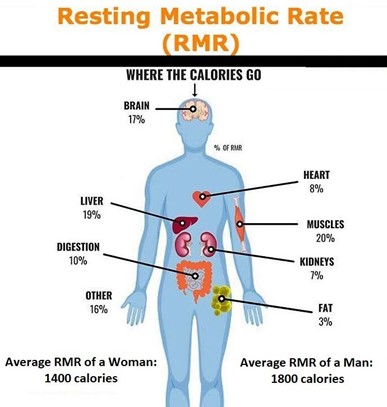A nurse is assessing a client who has an oral temperature of 39 degrees Celsius. Which of the following findings should the nurse expect?
Decreased peripheral pulses
Respiratory rate 10/min
Heart rate 108/min
Dilated pupils
The Correct Answer is C
The nurse should expect to find an increased heart rate in a client with a fever. An elevated body temperature can cause an increase in metabolic rate, which can lead to an increase in heart rate. This is a normal physiological response to fever and helps the body to generate heat and fight off infection.

Nursing Test Bank
Naxlex Comprehensive Predictor Exams
Related Questions
Correct Answer is D
Explanation
The first step in the inflammatory response is the recognition of harmful stimuli by pattern recognition receptors (PRRs) on the surfaces of various cells, including immune cells and non-immune cells. PRRs recognize specific patterns associated with pathogens, damage-associated molecular patterns (DAMPs), and pathogen-associated molecular patterns (PAMPs), among others. This recognition leads to the activation of signaling pathways that promote the recruitment and activation of immune cells and the release of inflammatory mediators, such as cytokines and chemokines.
Once the PRRs recognize the harmful stimuli, inflammatory cells are activated, including neutrophils, macrophages, and dendritic cells. These cells then release inflammatory markers, such as C-reactive protein, which promote the recruitment and activation of more immune cells and further amplify the inflammatory response. Inflammatory pathways are also triggered, leading to the production of various inflammatory mediators and the activation of transcription factors that regulate the expression of genes involved in the inflammatory response.

Correct Answer is C
Explanation
Answer: C. Place a surgical mask on the client when they leave their room.
Rationale:
A) Wear a surgical mask when within 0.6 m (2 ft) of the client.
While it is necessary to wear a surgical mask when in close proximity to a client on droplet precautions, the distance specified (0.6 m or 2 ft) is less than the standard recommended distance of 1 meter (3 feet). Therefore, this option is not fully aligned with best practices.
B) Move the client to a positive airflow room.
Positive airflow rooms are typically used for clients with immunosuppression or those who need protection from airborne pathogens, not for those on droplet precautions. This action is not appropriate for a client requiring droplet precautions.
C) Place a surgical mask on the client when they leave their room.
This action is appropriate and essential to minimize the risk of transmission of infectious agents to others when the client is moving outside their isolation area. The client wearing a mask is a key part of droplet precautions.
D) Remove fresh flowers from the client’s room.
While it may be necessary to remove fresh flowers in certain cases (such as for neutropenic clients), this is not specifically related to droplet precautions. Droplet precautions focus primarily on respiratory secretions and do not directly involve the presence of flowers.
Whether you are a student looking to ace your exams or a practicing nurse seeking to enhance your expertise , our nursing education contents will empower you with the confidence and competence to make a difference in the lives of patients and become a respected leader in the healthcare field.
Visit Naxlex, invest in your future and unlock endless possibilities with our unparalleled nursing education contents today
Report Wrong Answer on the Current Question
Do you disagree with the answer? If yes, what is your expected answer? Explain.
Kindly be descriptive with the issue you are facing.
